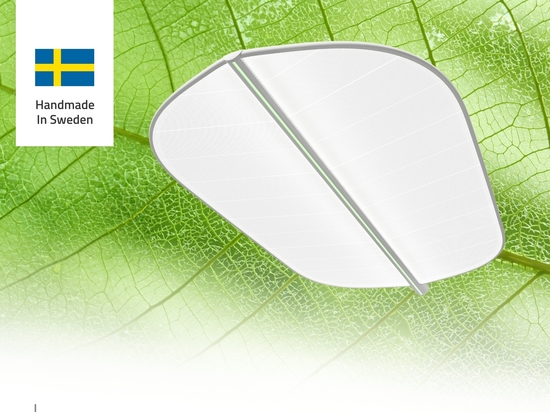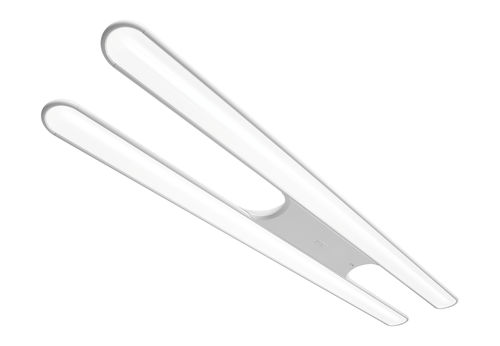
#Industry News
7 tips when choosing dental lighting
Did you know that one of the most common reasons to get eye stress, feeling tired or getting headaches at work is related to incorrect lighting?
For demanding professions within dentistry where precision is crucial, lighting without flicker, glare or shadows is important – and not to mention: correct luminance and colour rendering. But how do you find optimal dental lighting? We have listed our best tips below!
If you work as a dentist, you have probably noticed that your eyes are constantly forced to switch between the strong lighting from the examination lamp and the soft surrounding light. On average, this happens around 1000 times per working day, which can be tiring for the eyes. This is also confirmed by medical studies that have shown that having to switch between different luminance in a room can generate headaches, eye stress and fatigue.
With this information as a starting point, how do you create optimal lighting in demanding workplaces like dental clinics. And what other aspects are good to consider when choosing dental lighting? Check out our top tips below:
Checklist when choosing dental lighting
Choose lamps that provide a low contrast between the examination lamp and the surrounding lighting to reduce eye strain and fatigue. This is done by letting the intensity of the light sources interact in a ratio of 1:5.
For dentists, lighting with a correct colour rendering is extra important. CRI94 is a good choice.
Choose the right luminance for the task, preferably between 3000-5000 lux.
At a dental clinic, the design of the lighting is important due to the clinical environment.
Choose a model that is as maintenance-free as possible – preferably with a sealed construction that is easy to remove when needed and doesn’t collect dust.
Choose light sources without flicker, glare and shadows.
Choose lighting that suits all ages! If you are over 40 you will e.g. need close to twice as much light as a 20-year-old to perform at the same level. In other words: a dimming function is a good idea to allow the light to adapt to the needs of different ages.
Choose a dynamic and indirect light to get an optimal environment for both dentists and patients.








